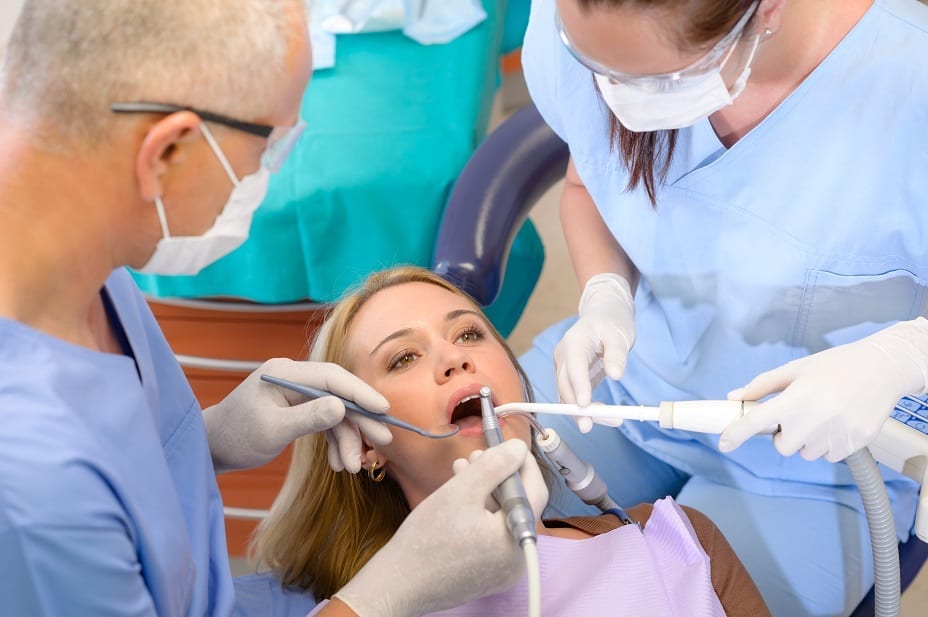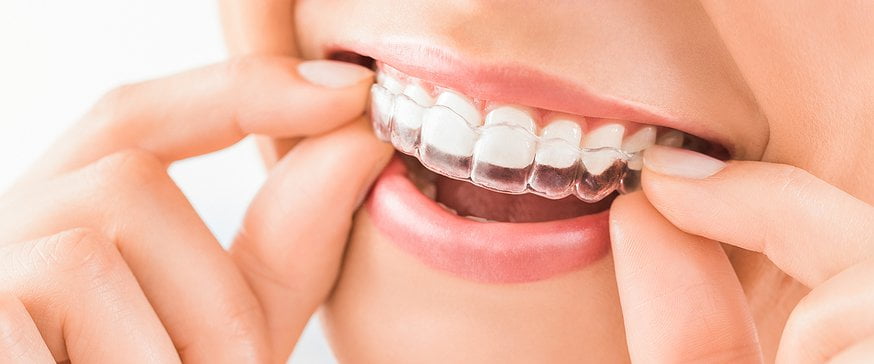The Buzz on Legacy Orthodontics
The Buzz on Legacy Orthodontics
Blog Article
About Legacy Orthodontics
Table of ContentsThe Main Principles Of Legacy Orthodontics The Best Guide To Legacy OrthodonticsLegacy Orthodontics Can Be Fun For AnyoneThe 20-Second Trick For Legacy OrthodonticsThe 10-Minute Rule for Legacy Orthodontics
In addition, we offer flexible therapy timetables, versatile settlement choices and a fun, pleasurable experience.An orthodontist is a dentist educated to identify, avoid, and deal with teeth and jaw abnormalities. They correct existing conditions and are trained to identify problems that may develop in the future. Orthodontists collaborate with individuals of all ages, from children to adults. Individuals typically link an ideal smile with healthiness.
Malocclusion, or misaligned teeth, can lead to oral concerns, including dental caries, gum tissue condition, and challenging or painful chewing. Yet not every person is born with straight teeth. If you have a poor bite or big areas between your teeth, you may wish to consult a dentist specializing in orthodontic care.
Getting My Legacy Orthodontics To Work
( Image Credit Scores: DigitalVision/Getty Images) Orthodontists make use of taken care of and detachable dental tools, like braces, retainers, and bands, to change the setting of teeth in your mouth. Orthodontic therapy is for oral problems, including: Jagged teethBite issues, like an overbite or an underbiteCrowded teeth or teeth that are as well much apartJaw misalignmentThe objective of orthodontic treatment is to improve your bite.
A healthy and balanced bite ensures you can consume, chew, and talk appropriately. While you may think about orthodontists as primarily for children or young adults that need braces, they can deal with dental issues at any kind of age. Orthodontists attend university, dental college, and orthodontic school. After graduation, they invest 2 or 3 years in an orthodontic residency program.
, however not all dentists are orthodontists. They focus on two locations: How to effectively and safely relocate teeth Exactly how to appropriately guide development in the teeth, jaw, and faceOnce an orthodontist has completed training, they have the choice to end up being board accredited.
The Only Guide for Legacy Orthodontics
Misalignment, or malocclusion, is the most common factor people see an orthodontist. It is genetic and is the result of size differences in between the upper and lower jaw or between the jaw and teeth. Malocclusion causes tooth congestion, a misshapen jaw, or irregular bite patterns. Malocclusion is typically treated with: Your orthodontist connects steel, ceramic, or plastic square bonds to your teeth.
If you have only small malocclusion, you might be able to utilize clear dental braces, called aligners, rather than conventional braces (https://legacy-orthodontics.webflow.io/). Some individuals require a headwear to assist relocate teeth into line with pressure from outside the mouth. After braces or aligners, you'll require to use a retainer. A retainer is a custom device that keeps your teeth in position.
They're most often made use of on kids. They can produce additional area in the mouth without needing to draw teeth. If you have a serious underbite or overbite, you could need orthognathic surgery (likewise called orthodontic surgery) to lengthen or shorten your jaw. Orthodontists utilize cables, medical screws, or plates to sustain your jaw bone.
You might require to see an orthodontist if you have: Crowding or not sufficient space for all of your teethOverbite, when your top teeth come by your base teethUnderbite, when your bottom teeth are too far forwardSpacing or problems with gapsCrossbite, which is when your top teeth fit behind your base teeth when your mouth is closedOpen bite or an upright gap in between your front bottom and upper teethMisplaced midline, when the center of your bottom and top teeth do not align Dealing with a dental malocclusion can: Make biting, chewing, and speaking easierImprove the balance of our face and your overall appearanceEase pain from temporomandibular joint problemsDifferent your teeth and make them easier to clean, helping stop tooth degeneration or tooth cavities It's typically a dental practitioner that initially notices misaligned teeth throughout a regular test.
Everything about Legacy Orthodontics

During your initial orthodontic appointment, you'll likely have: An oral examPhotos taken of your face and smileDental X-raysPanoramic (360 degree) X-rays of your face and headImpressions to create molds of your teethThese examinations will assist your orthodontist recognize just how to wage your treatment. leesburg braces. An orthodontist is a dental practitioner who's had training to treat your teeth and jaw
Orthodontists may carry out surgical procedure, exams,X-rays,and even more to assist you achieve an extra comfortable, much healthier smile. An orthodontist is concentrated on your bite, so something like a broken tooth would be taken care of by a dental practitioner. Orthodontists are dental experts however not all dental experts are orthodontists. Orthodontists are concentrated on your bite, or the method your teeth meshed, and the straightness of your teeth.
Ever asked yourself how celebrities constantly appear to have perfectly aligned teeth? Orthodontists are dental specialists who focus on fixing irregularities in the teeth and jaws.
Legacy Orthodontics for Beginners

While dental braces are the most generally identified orthodontic treatment, orthodontists have a varied toolkit at their disposal. The particular strategy selected depends on the severity of the case, the client's age, and private choices. These reliable braces utilize a system of braces bonded to the teeth and connected by cables.
Clear aligners, like Invisalign, are a prominent option for individuals looking for a more discreet treatment option. These removable trays are tailor-made to considerably change the teeth's position. Headgear might be utilized along with braces or aligners to apply extra targeted pressures, particularly for fixing jaw discrepancies. In cases of slim jaws, palatal expanders can be made use of to produce room for appropriate tooth placement.
Report this page